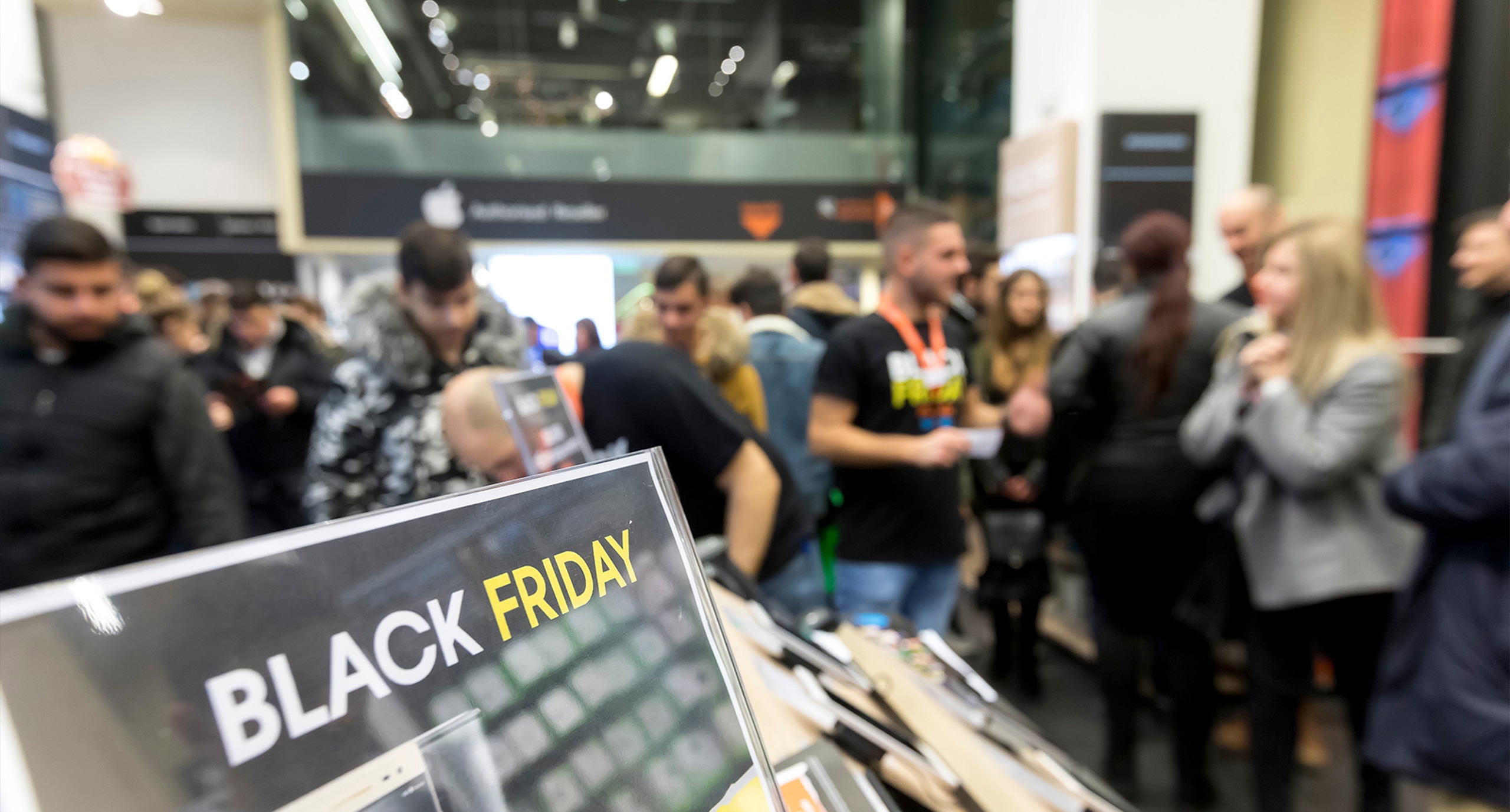HOW BLACK FRIDAY TURNED FROM BAD TO GOOD
Not many people know that the term Black Friday, at least in relation to shopping, has its roots in American law enforcement jargon. In Philadelphia, the largest city in the US state of Pennsylvania, where the Declaration of Independence and US Constitution were signed, it was historically used to describe the day after Thanksgiving. In the mid-1950s, thousands of shoppers flooded into the city ahead of the big Army versus Navy football game, held every year on that Saturday. The local police forces couldn’t take the day off, and had to work long shifts dealing with the additional crowds and traffic. Shoplifters also took advantage of the chaos to make off with goods, adding to the many issues for local law enforcers. By the early 1960s, Black Friday had become established in Philadelphia, but the expression didn’t spread to the rest of the United States until much later,
THE MYTH OF RED TO BLACK
Sometime during the late 1980s, US retailers found a way to reinvent Black Friday and turn it into something more positive. They created a “red to black” story. The idea that the day after Thanksgiving was the time when America’s shops finally turned a profit, and recorded their bookkeeping numbers in black ink, instead of red. Since then, the one-day sales bonanza has grown into a four-day event. Retailers throughout the world have begun to offer deals on Black Friday that last all weekend, until Cyber Monday, the dedicated online shopping day. Today in the US at least many bargains are offered a whole day earlier, with deals that start on Thursday’s Thanksgiving holiday.
ONLINE SHOPPING OVERTAKES PHYSICAL SHOPS
Last year, the National Retail Federation estimated that 175 million Americans shopped in stores and online from Thanksgiving through to Cyber Monday, and the numbers continue to grow. Americans who chose only to visit bricks-and-mortar stores to find a bargain are now in a minority, more Americans preferred to go online-only in the hunt for deals. But the largest group of shoppers do their holiday weekend shopping both in-store and online. According to Adobe, the software company, Americans spent a combined US$14.5 billion online shopping over Thanksgiving, Black Friday and Cyber Monday last year. And the biggest single driver for online shopping growth was increased mobile sales on smartphones and tablets, accounting for over 47 per cent of all traffic and more than one-third of total sales revenues.
BLACK FRIDAY GOES GLOBAL
Figures from last year’s Black Friday confirm that the shopping weekend has spread from the United States to become a global phenomenon. Outside North America, shoppers in the UK led the way, spending an estimated US$10 billion between Black Friday and Cyber Monday. European nations that embraced the discount shopping weekend included Germany, which spent an estimated US$7.3 billion online and in-store, and France with a US$6 billion weekend spending spree. However, Black Friday’s title as the world’s biggest shopping day was short lived. Singles Day is China’s equivalent of Black Friday. In this populous country with 200 million singles, the event began as an anti-Valentine’s Day joke. The eleventh of November was chosen as the date, so that 11/11 could become the one-on-one-on-one-on-one day, when singles buy themselves a gift, rather than waiting for a partner to do so. On Singles Day 2018, Chinese consumers spent over US$30 billion through online shopping outlets owned by e-commerce giants Alibaba. This one-day online shopping bonanza in China netted more than the entire Cyber Weekend spend of shoppers in the United States, Canada and Europe combined.
BLACK FRIDAY TURNS WHITE
Although Black Friday is well established in the western hemisphere, it has only recently become recognised in the Arab region. According to research, 79 per cent of UAE nationals are aware of the idea and over 60 per cent plan to participate on 23 November 2018. Souq.com has even renamed the event for the Middle East. Black Friday has become White Friday, since this day of the week is also a time of worship in the Muslim world. And Dubai’s Emaar-owned Noon.com is even trying to establish its own Yellow Friday brand. Customers in the region are becoming less brand loyal and are looking to save more by buying from cheaper brands, according to recent research. This means that in future Black Friday has a very good chance of becoming a record-breaking sale in the UAE and around the Arabian Gulf. Discounts average around 45 per cent during Black Friday with some, like Souq.com, offering up to 80 per cent off their original prices for items like electronics. According to a 2017 KPMG survey, the UAE spends the most per online purchase out of over fifty researched countries. That’s why online businesses are preparing for their best year ever with the UAE’s favourite online purchases set to include fashion items, electronics, and perfumes. All the recent trends suggest that whether it is Black, White or Yellow Friday, this year’s cybershopping weekend will be bigger than ever.
